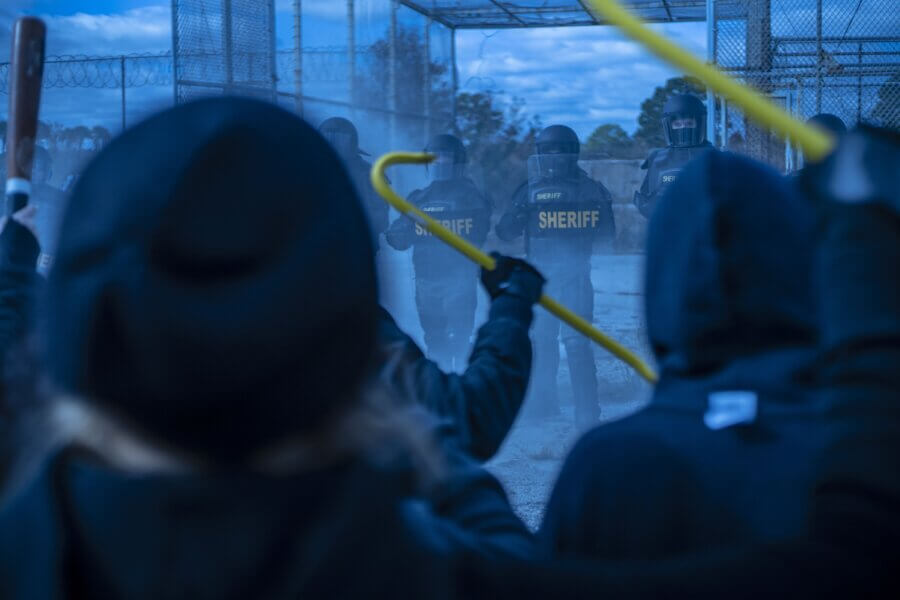
How To Create a Tactical Gear Kit for Law Enforcement
A tactical gear kit can’t just look good on paper. It has to work in real life. When officers are dealing with riots, protests, or violent offenders, their gear keeps them in the fight. Building the right kit means thinking through your team’s challenges and making choices that protect them without slowing them down.
This armor guide covers what to include, how to think about customization, and why the right body armor vendor partnership matters.
Understand the Mission and Environment
Every agency has a different operational profile. Some units are on the front lines of civil unrest, while others manage inmate transport or handle high-risk warrants. The gear you issue needs to reflect the situations your team faces.
For crowd control, mobility and blunt-force protection matter most. Full-coverage suits that reduce grab points and offer chemical resistance may be a better fit for corrections. Tactical teams might need a balance of lightweight gear and layered protection, depending on their roles.
You don’t want every possible feature — just the right ones. Start with a clear picture of your use cases. Then build a kit that works with your tactics, not against them.
Start With the Core: Body Protection
The suit is the backbone of any tactical gear kit. If it fails, everything else falls apart.
Haven Gear’s riot suits are built to meet the real demands of modern law enforcement. Officers need to move fast, stay cool, and stay protected. These suits are designed with modular armor panels, integrated hydration, and cooling systems. They’re also fully customizable, so you can scale up or down depending on mission requirements.
A proper suit needs to absorb impact, but it should also prevent heat exhaustion, improve endurance, and reduce the chances of long-term injury. That should be the baseline, not a bonus!
Add-On Gear That Complements the Armor Suit
Once the core suit is in place, the next step is to outfit officers with supporting gear that works in sync. This includes helmets, gloves, boots, utility belts, jackets, radios, and shields. These items may seem secondary, but they can create problems if they’re poorly matched to the suit.
For example, an ill-fitting helmet can limit visibility. Gloves that don’t allow enough dexterity can interfere with weapon handling. And if a belt isn’t compatible with the suit’s torso protection, it may shift or dig into the wearer. The goal is seamless integration: gear that fits together, moves together, and holds up under pressure.
When possible, keep things streamlined. Less bulk means more agility. But don’t cut corners where protection or communication is concerned. Officers need to stay mobile, connected, and ready for anything.
Don’t Skip Gear Comfort and Body Armor Durability
A lot of tactical gear looks solid out of the box. But it’s a liability if it overheats, breaks down, or wears out fast.
Comfort should be tied to performance instead of being a luxury. If officers are distracted by overheating, soaked gear, or poor fit, they’re not focused on the threat. That’s why Haven Gear designs suits with built-in cooling and hydration systems. These features reduce fatigue and help officers stay in the field longer without losing effectiveness.
Durability matters as much. Buying cheap gear may save money up front, but it won’t hold up in real-world conditions. And replacing damaged equipment mid-shift (or even mid-response!) isn’t an option.
Over time, high-quality gear reduces cost and risk. It also shows your team that their safety is a priority, not an afterthought.
Work With Vendors Who Understand Your Needs
The best tactical gear is built through conversation. Agencies need vendors who ask questions, understand different missions, and can tailor solutions to fit. One-size-fits-all doesn’t work when lives are on the line.
Haven Gear works directly with departments to customize every suit. Whether you need enhanced blunt-force protection, additional hydration capacity, or gear that fits a specific deployment style, their team builds around your requirements instead of a preset template. Catalog orders or bulk deals can’t replace that kind of support.
Body Armor Gear That Works When It Counts
Building a tactical gear kit means thinking ahead—not just about what could happen but also about how your team will respond when it does. The right setup protects your officers, fits their environment, and holds up under pressure.
Take the time to match your gear to your mission. Talk to the people who’ll be wearing it. And when it’s time to invest, work with vendors who understand that good gear is about trust, not just specs.
If you’re ready to build or upgrade your tactical gear kit, contact Haven Gear. Our reps are familiar with the work, the risks, and the budgets you’re working with.